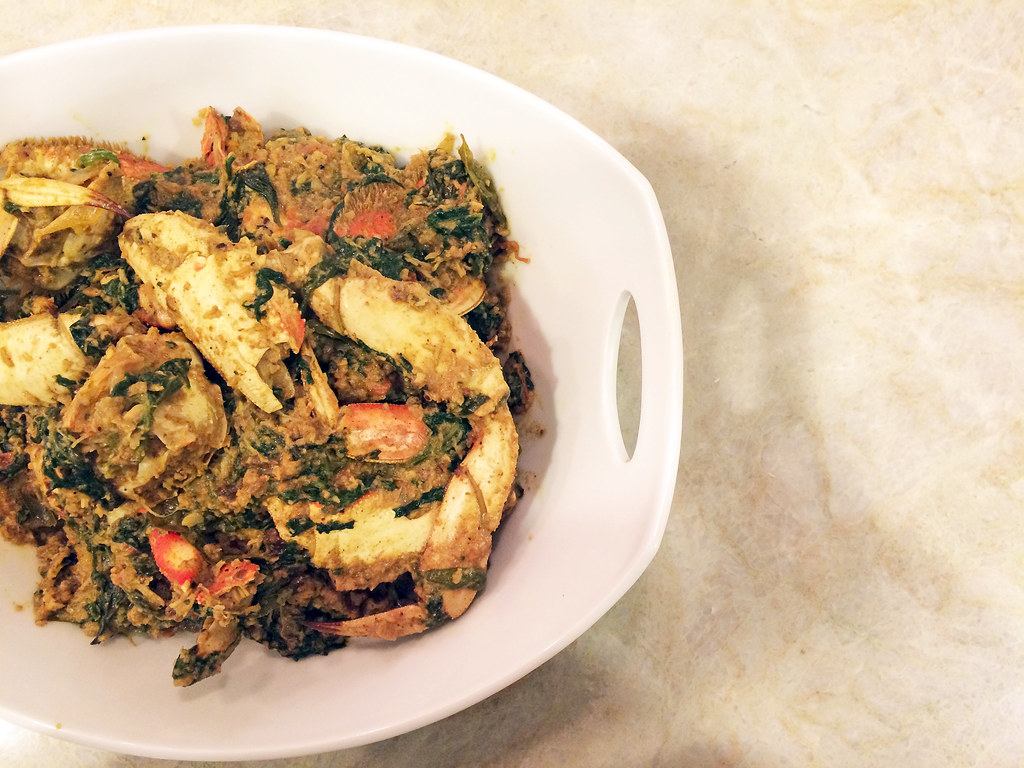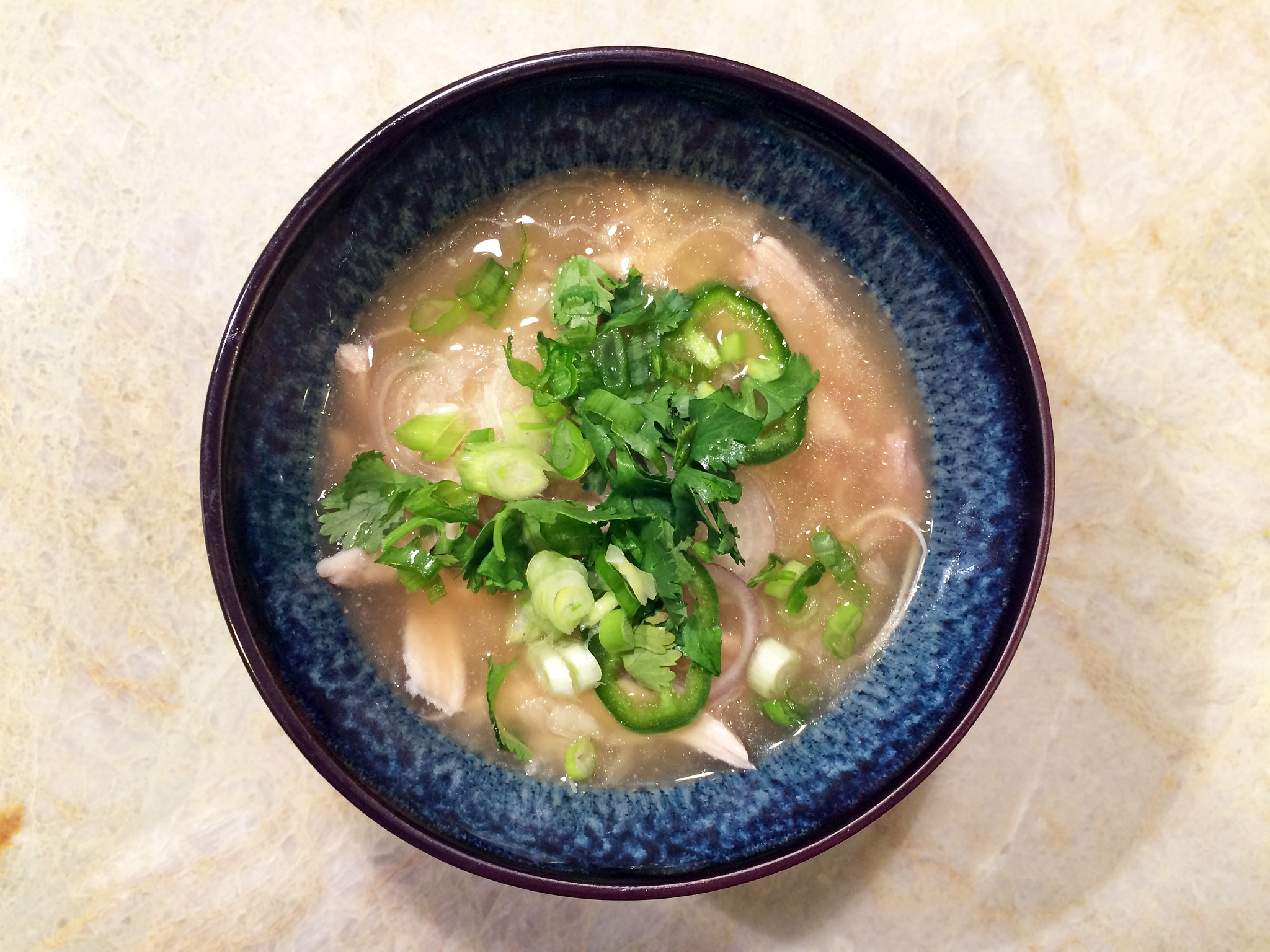It’s the most wonderful time of the year: Dungeness crab season in the Bay Area. And during the holidays, we eat Dungeness crab. Crab cakes. Crab with butter. Singaporean chili crab. Roasted crab. And now, Jaffna-style crab curry. This stuff is so good it’ll have you licking your fingers and crying tears of joy from the endorphin rush. It burns, my friend. It burns so good. There’s a reason why this is Anthony Bourdain’s favorite Sri Lankan dish.
In my version, I substituted spinach for murungu leaves. I know, I know. A poor substitute, but I couldn’t find a single South Asian grocery in the East Bay that carries murungu leaves. And I’ve of course used Dungeness crab instead of blue swimmer crabs which are native to Sri Lanka. It ain’t pretty and it’s messy, but who cares? This is what crustacean dreams are made of.
Happy holidays, y’all.
Ingredients:
2 large cooked Dungeness crabs, cleaned
1/2 teaspoon turmeric powder
1 teaspoon cayenne pepper
1 teaspoon salt to taste
1 tablespoon raw basmati rice
1/2 teaspoon black peppercorns
1 teaspoon cumin seeds
3 tablespoons shredded coconut
5 cloves garlic
2 tablespoons oil
1 onion, chopped
2 sprigs curry leaves
1 tomato, chopped
1 bunch spinach or murungu leaves
1 cup water
1 cup coconut milk
2 tablespoons tamarind paste, soaked in 1/3 cup warm water and pressed through a sieve, solids discarded
1. Split crabs down the middle and crack legs. Toss with turmeric powder, cayenne pepper, and salt. Set aside.
2. Toast rice, peppercorns, and cumin seeds in a small saucepan and set aside. Toast coconut in saucepan until slightly browned. Grind spices and coconut with garlic and set aside.
3. Heat oil in a medium saucepan. Saute onions, curry leaves, tomato, and spinach. Add crabs and 1/2 cup of the water. Cover and steam over high heat for 5 minutes.
4. Add the rice mixture, remaining water, and coconut milk to the saucepan. Stir and simmer for 5 minutes. Add strained tamarind liquid to pot and simmer for another 5 minutes. Remove from heat and serve warm.





